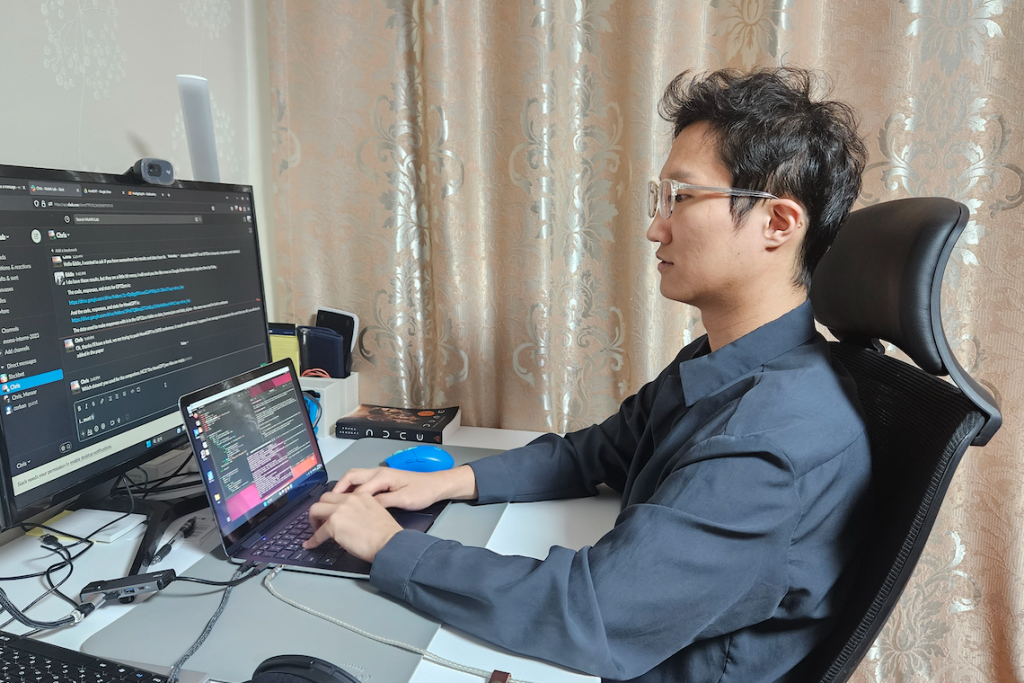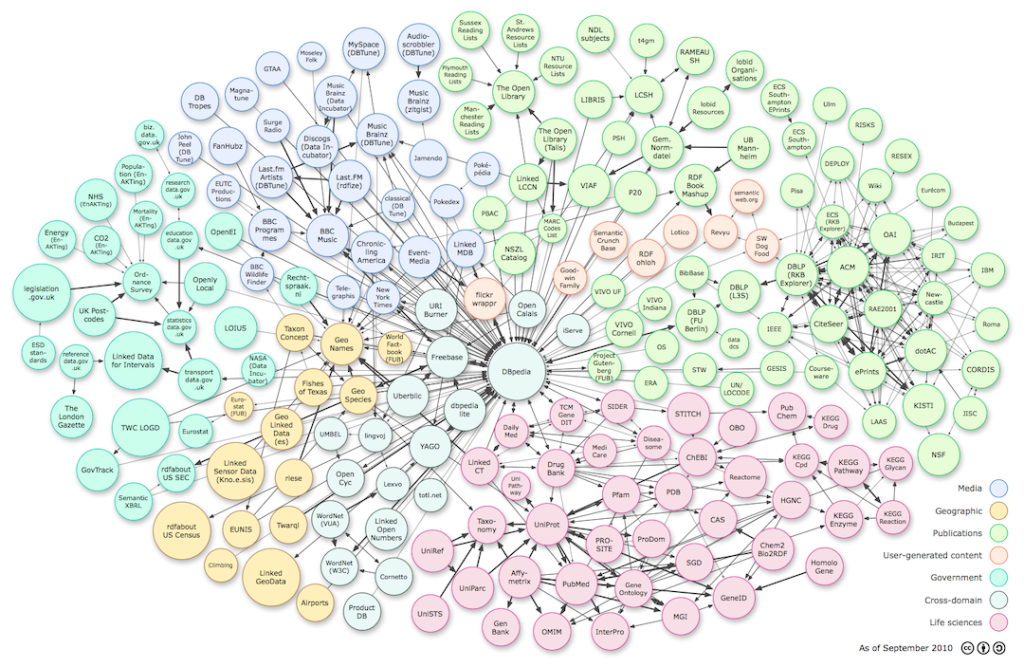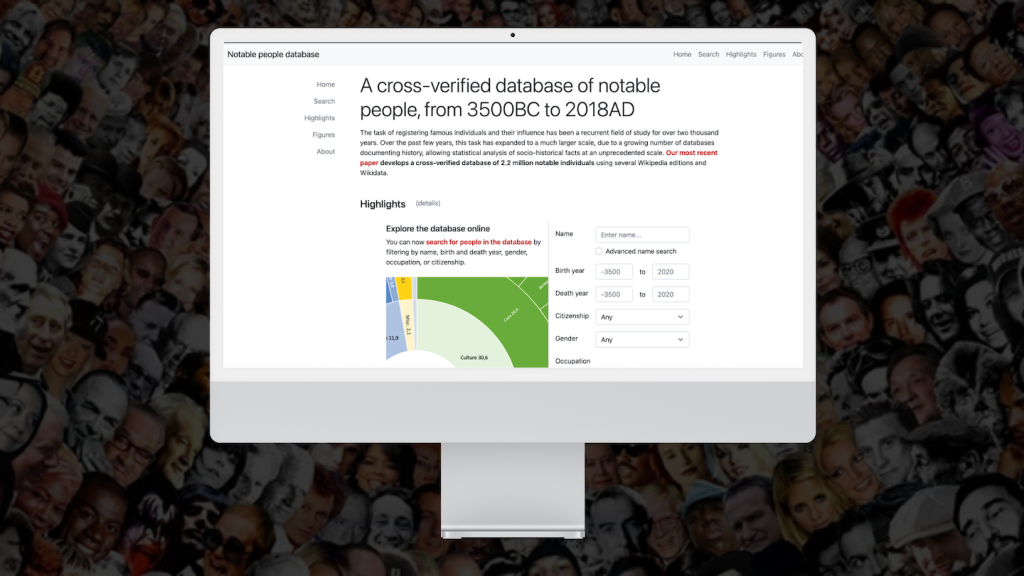In the Summer of 2023, CITIES will activate several PPTP (Post-Graduation Practical Training Program) positions to explore new areas of investigation and promote collaboration with other NYUAD research centers and labs.
Polynomial Approximation of Machine Learning Models
Eddie Han

ChatGPT arrived with explosive popularity, taking the world by a storm in late 2022. It was one of those moments where Science Fiction was being converted into Non-Fiction in real time. Unfortunately, we were not ready for it (we are never ready for it). Almost immediately, ChatGPT and other Large Language Models (LLMs) began to generate believable, highly complex and often inaccurate bodies of text, causing problems in the fields of education, mass media, and law. The issue of detecting AI writing is at once critical, difficult, and unexplored – and it was this task that I immersed myself in 2023 Post-graduate Professional Training Program with Modern Microprocessor Architecture Laboratory.
Throughout the program I had the chance to intimately interact with the MoMA team, under the fantastic leadership of Prof. Mihalis Maniatakos, who met every week to share ideas and progresses made. It was through these meetings that we came up with the idea of using stylometric measures to attempt to detect machine text. My first task was to generate 1000 ChatGPT responses to a variety of questions, but asking it to respond, ‘like Shakespeare’ or ‘like Forrest Gump’. After generating this dataset of 10 different personalities I extracted a variety of stylometric features, such as reading complexity, the use of punctuation, and variations in sentence length, from these responses and plotted them on a chart. Sure enough, while human text tended to be all over the place, the AI-generated text, even when asked to write as unique personalities, tended to generate text within a small cluster of feature space. In other words, there was indeed a specific ‘writing style’ that the AI tended to follow. From this insight, I built a rather simple neural network that determined whether a text was AI-written or Human-written from these stylometry features, and the model performed incredibly well on the benchmark database that I created with almost 98% accuracy. Overall, the experience was greatly positive and I believe it helped set me up for greater success for my future endeavors as a researcher.
Political and Social Barriers to Residential Solar Panel Diffusion
Jacqueline Hennecke

In support of the Solar Panel Diffusion project, Jacqueline Hennecke helped identify incentives and disincentives for the adoption of rooftop solar PVs in the US. Operating at both the state and federal levels, incentives like tax credits, loans, rebates, and Energy Credits can incentivize or discourage solar panel development. The goal of this project was to create a dataset that could explain major trends in solar panel adoption and determine whether fiscal incentives are a driver of solar residential adoption.
Jacqueline searched through government legislation and third-party sources like DSIRE looking for policies that spanned the 2008-2023 time frame. She kept track of when each policy was implemented, the eligibility of each incentive, and every progressive change over the time frame. A major challenge to the project was creating a robust and comprehensive representation of nuanced policies in the form of two spreadsheets. Geographically, the team narrowed the scope to six states with well-reported installation data: California, New York, Arizona, Massachusetts, New Jersey, and Texas. Jacqueline then developed a dataset detailing state policies for the six states as well as other major policy jurisdictions, such as municipal or utility companies. At the end of the summer, Jacqueline used an analysis of budget cuts, political prioritizations, and technological adaptations to help identify major trends in solar policies.
CityGraph: Empowering Smart Cities through Open Data
Prince Larbi Ampofo

As the world faces unprecedented levels of urbanization, cities are faced with a wide array of problems that demand data-driven solutions. To address these challenges, the effective utilization of data has become a cornerstone for building sustainable, resilient, and efficient urban environments. Open data initiatives have gained momentum, aiming to unlock the potential of data by making it freely available to all stakeholders. However, the realization of the full potential of open data necessitates the development of a comprehensive framework that not only facilitates data sharing but also encourages collaboration and supports evidence-based decision-making for urban cities.
This research project presents CityGraph, a participatory open data framework tailored to meet the specific needs of smart cities. At its core, CityGraph embraces a knowledge graph structure, interlinking diverse urban data entities and their associated properties. This knowledge graph serves as the foundation for efficient data organization, representation, and analysis, empowering urban stakeholders with actionable insights for informed decision-making. Through semantic relationships and sophisticated data modeling, this interconnectedness allows for a deeper understanding of urban complexities and enables the exploration of intricate relationships between different urban phenomena.
CityGraph represents a significant step towards harnessing the potential of open data for smart cities. Through its comprehensive data integration, robust knowledge graph, and visualization capabilities, the framework will help by enabling evidence-based decision-making and drive innovation. As cities continue to evolve, CityGraph will serve as an indispensable tool for creating sustainable urban environments and enabling policy makers in making decisions.
City Insights: Mapping Lives and Iconic Paths
Rania Sakhi

My PPTP project revolved around an extensive website that showcased the lives of notable individuals across diverse fields. The project’s unique aspect was its exploration of the geographical aspects of these individuals’ journeys, with a special focus on the attractiveness of cities, including those in GCC countries. The website incorporated interactive visualizations, data analysis tools, and comprehensive biographical information. While the project had a broad scope, my personal interest led me to delve deeply into the connections between influential figures and GCC cities. These cities hold a unique position globally, blending rich cultural heritage with modern advancements. By spotlighting cities within this region, the project aimed to unveil the intricate relationship between history, culture, economic growth, and the lives of influential individuals. This exploration shed light on the evolving identity and global influence of the GCC region.
A central question guided this project: “How do cities, particularly those in the GCC, influence the lives and careers of famous individuals, and what insights does this offer into urban influence on talent and creativity?” This inquiry was particularly fascinating as it revealed how a city’s environment and opportunities significantly shape individual success. Examining this question within the GCC context added a captivating cross-cultural dimension to the research. As part of the PPTP project team, I played a crucial role in generating ideas and concepts to design the website effectively. This encompassed brainstorming and proposing innovative features to enhance the user experience and convey the project’s objectives comprehensively.